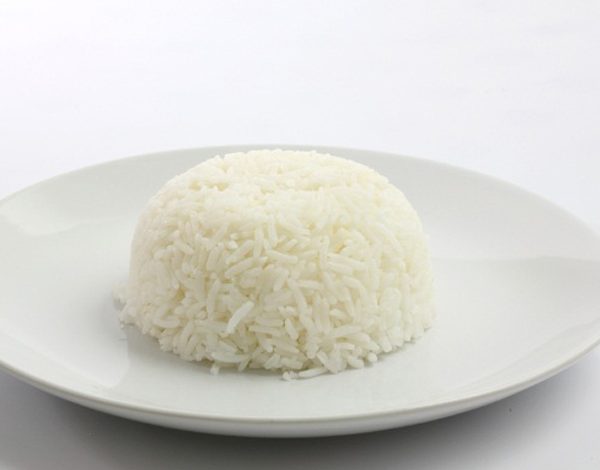‘Young Zimbabweans prefer rice to isitshwala’

The demand for wheat and rice continues to grow, due to a shift in preference from the staple Isitshwala to rice and bread, the Grain Millers Association of Zimbabwe (GMAZ) has said.
GMAZ National Chairman Tafadzwa Musarara said there was a generational shift from maize to wheat products, as younger people preferred to alternate from maize-meal (isitshwala) to rice or bread.
“When it comes to wheat, the entire Africa or countries are net importers because we are having a generational shift, moving away from maize to wheat products. Older people are ones left wanting to eat isitshwala every day, while the younger generation would want to alternate between isitshwala, rice and bread,” he said in a recent briefing with Bulawayo journalists.
Musarara said since the younger generation were used to wheat or rice products, which had become part of their diet.
“If we are talking about vision 2030, young ones will now become the working class and would be eating rice and wheat – food that forms their diet. What one eats from ages six months to 22 years informs your diet, for the rest of your life. In our case (in Zimbabwe) that’s what we have – young ones prefer rice and bread, so as a business we need to move towards that,” he said.
The GMAZ national chairperson noted that demand for wheat and rice was driven up by such consumption habits.
“In 2005, Zimbabwe was only consuming 12 000 tonnes of rice per year. Currently, the country is consuming 11 000 tonnes of rice per month with the new technology of pressure cookers, young mothers having their diet different from older mothers, so to us we see a shift,” Musarara said.
He highlighted Zimbabwe had a demand of 450 000 tonnes of wheat annually.
“There is a difference between requirement and demand. The requirement is what you need and demand is what you can afford. So the country would require between 2.2 million to 2.3 million loaves per day, that’s what we would want to eat, where 15 million people in the country see eight people per leaf.
“This would be what is required but for demand, the incomes might not be forthcoming, which reduces numbers. Our wheat demand continues sitting at 450 000 tonnes annually, as we have more confectionery biscuits, macaroni from flour, so definitely demand will continue to go up,” Musarara said.
Meanwhile, the GMAZ boss said the association needed more enabling legislation to carry out contract farming.
“Contract farming has the potential to grow if we have more enabling legislation that will promote and protect contract farming. Our biggest risk has always been input abuse, someone receives inputs but they don’t utilise them or go and sell. The other negative point is side marketing, where after one grows maize, instead of sending it to us to sell as per the contract, the farmers find alternative markets.
“Looking at current laws, if someone engages in side marketing, the punishment is just a slap on the wrist. I think at that time the punishment is US$300 and if someone abuses inputs, the prison sentence is not more than three months and the fine less than US$300. Legally this is a civil matter and we can’t criminalise civil matters,” he said, noting GMAZ had 200 000 hectares of wheat under contract farming.






